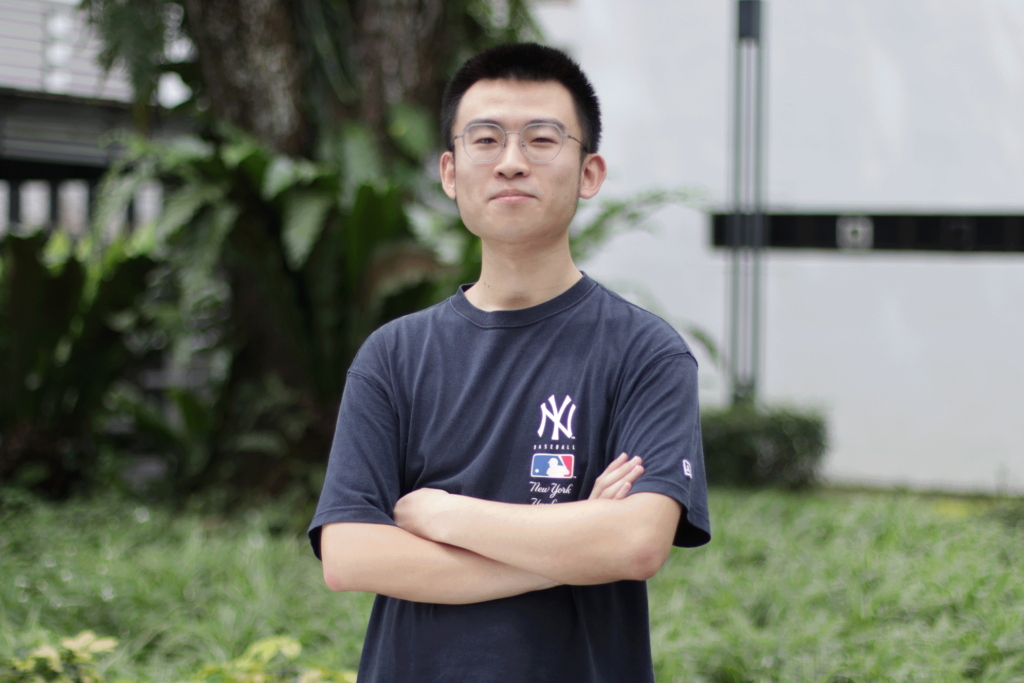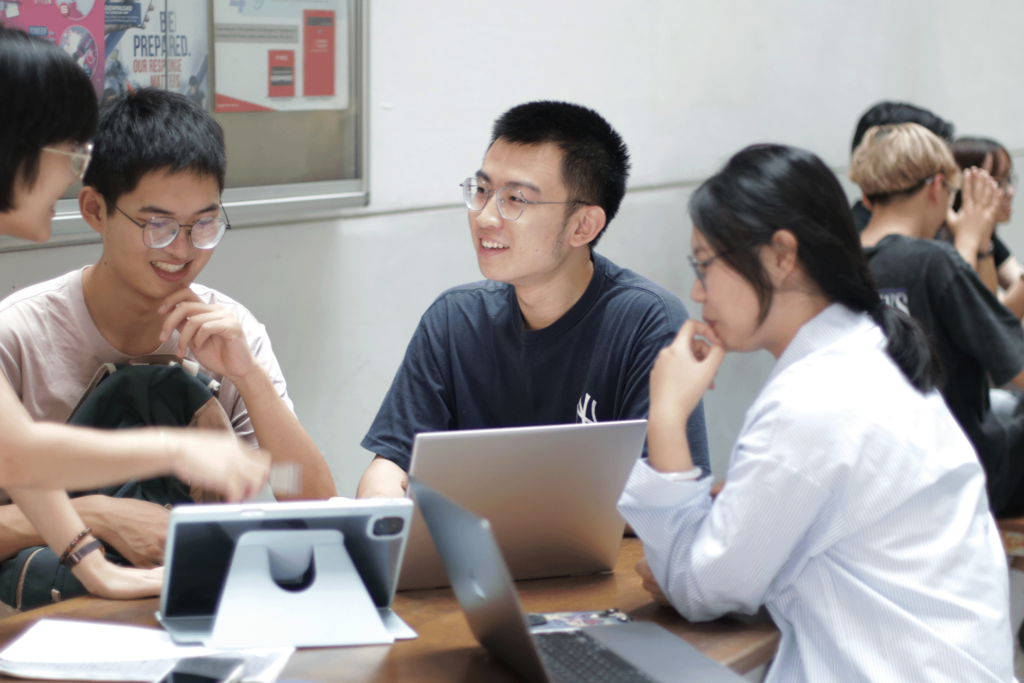
In an era where global supply chains power economies and trade routes redefine international commerce, logistics has become more than just an industry – it’s the backbone of globalisation. Singapore, ranked as the world's top logistics hub for nine consecutive years (Economic Development Board of Singapore, 2023), stands at the forefront of this evolution. For Song Shicheng, a student in TUM Asia’s Logistics Engineering and Management (LEM) programme, this thriving logistics ecosystem wasn’t just an attractive backdrop – it was the perfect launchpad for his aspirations.
From Qingdao to Singapore, A Passion Set in Motion
Growing up in the bustling port city of Qingdao, China, Shicheng was captivated by the intricate dance of cargo ships and transport networks that kept the world moving. His fascination with logistics deepened during his undergraduate years as he observed many of his peers pursuing postgraduate degrees abroad.
“I was systematically researching master’s programmes in Germany and the U.S. when I came across Technische Universität München’s (TUM) Asia campus in Singapore.” he recalls. “It was exactly what I was looking for – a rigorous German engineering education, situated in Asia’s logistics hub, and geographically closer to home.”
Beyond location, the structure of TUM Asia’s LEM programme sealed the deal. The curriculum not only provided a strong foundation in logistics fundamentals but also allowed students to specialise in key areas such as healthcare logistics, manufacturing systems, and third-party logistics.
Where Theory Meets Industry: A Double-Helix Learning Experience
For Shicheng, what truly set the programme apart was its seamless integration of academic knowledge and real-world application – “a double-helix learning experience.” as he describes it.
“TUM professors build our theoretical foundation, while Singapore-based industry experts from leading logistics firms—such as DHL and DB Schenker—bring real-world case studies into the classroom.”
One of his most memorable lessons? Learning about warehouse optimisation algorithms from a German professor, then hearing a Singaporean industry expert illustrate those concepts with real-life applications from Changi Airport’s smart logistics system.
“It’s the fusion of perspectives that makes learning here so dynamic.” he adds.
The programme’s the six-month industry internship is another game changer, allowing students to apply cutting-edge technologies – such as digital twins and blockchain traceability – to real-world logistics challenges across Asia.

Collaboration Across Borders: Learning in a Global Classroom
Adapting to the fast-paced learning environment, Shicheng quickly developed his own study strategy: “Beyond keeping organised class notes, my international study group conducts regular case discussions.” he shares.
These discussions, he notes, mirror how real logistics firms operate in Singapore – balancing structured analytical approach of his German classmates with the localised insights of Southeast Asian students.
“It’s a microcosm of global logistics itself – where professionals from different backgrounds come together to solve complex global supply chain challenges.”
Advice for Future Students: How to Make the Most of TUM Asia’s LEM Programme
For those considering the programme, Shicheng shares three key takeaways:
- Leverage Singapore’s status as a logistics hub – Attend industry exhibitions and networking events to gain first-hand exposure to the sector.
- Maximise university-industry collaborations – Take part in research projects and industry-driven assignments.
- Develop strong data visualisation skills – “If you can use Python to process cargo flow data and Tableau to present supply chain solutions, you’ll have a significant advantage in the job market.”
Looking Ahead: A Future in Smart Logistics
From the bustling ports of Qingdao to the advanced logistics infrastructure of Singapore, Shicheng sees his future in shaping smart logistics systems that connect industries across borders.
“As supply chains become more digital and interconnected, I want to be at the forefront of building, intelligent, tech-driven logistics networks.”
As our conversation ends, he rushes off to an industry seminar where experts from the Port of Hamburg are discussing the latest digitalisation solutions for the Eurasian Continental Bridge. Engineers from PSA Singapore are also present, exploring how AI technologies like ChatGPT could enhance container scheduling systems.
This moment encapsulates what TUM Asia’s Logistics and Engineering Management programme is all about – bridging expertise from East and West to nurture the next generation of logistics leaders.
